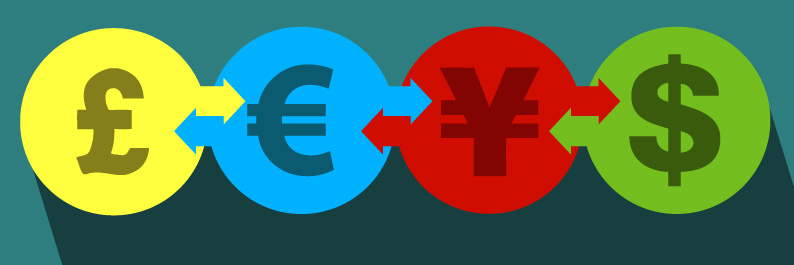Still, this uneven adjustment in the euro area could explain why both demand and inflation,
欧元区内的这种不均匀调整还能够解释,为什么一旦能源和食物价格被排除在外,
once energy and food prices are excluded, have been stubbornly low.
需求和膨胀就会低迷不振。
Since crisis countries still need to reduce their stocks of external liabilities (ie, the accumulation of past current-account deficits)
危机国家仍然需要减少他们的对外负债持股(比如,以前那些经常账户赤字的积累)
and public-sector debt, that looks set to continue.
以及公共部门债务,这种情况似乎还将继续。
John Maynard Keynes recognised the risk of such asymmetry in the 1940s:
在上世纪40年代,对于这种不对称的风险,约翰·梅纳德·凯恩斯是这么认为的:
"The process of adjustment is compulsory for the debtor and voluntary for the creditor.
“调整进程,对债务人而言是强制的,对债权人来说是自愿的。
If the creditor does not choose to make, or allow, his share of the adjustment, he suffers no inconvenience."
如果债权人没有选择或允许对他的份额做出调整,那么他不会遇到任何麻烦。”

Keynes wanted to tax countries that hoarded trade surpluses.
凯恩斯希望对储存贸易盈余的国家征税。
In 2011 the European Commission set up a "macroeconomic-imbalance procedure" to tackle the problem.
为了解决这个问题,2011年欧洲委员会制定了“宏观经济失衡程序”。
But the process appears to place less weight on surpluses than on deficits and lacks the means to enforce its recommendations.
但是这个程序的重点似乎在于赤字而非盈余上,且缺乏强制推行的方法。
Another way of dealing with imbalances would be to encourage greater risk-sharing through fiscal and (deeper) banking union.
解决失衡问题的另一种方法将会是通过财政和银行联盟鼓励更大的风险分担。
The euro zone would become more like America, where inter-state imbalances are not even recorded.
欧元区将变得更像美国,国与国之间的失衡甚至不会被记载下来。
But that too seems politically infeasible. The euro area's long slog will carry on, and debtor countries will bear the burden.
但是这似乎在政治上是不可行的。欧元区将继续坎坷道路,债权国将承担责任。
译文由可可原创,仅供学习交流使用,未经许可请勿转载。



